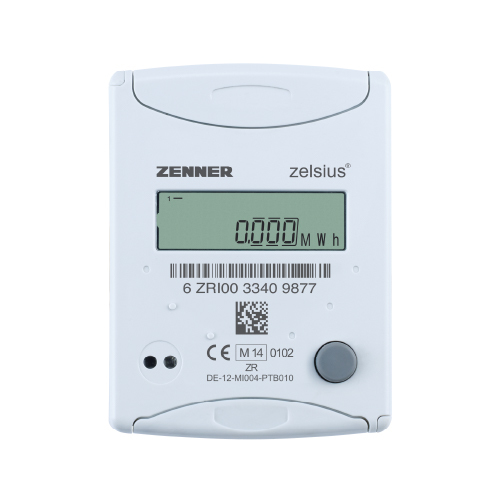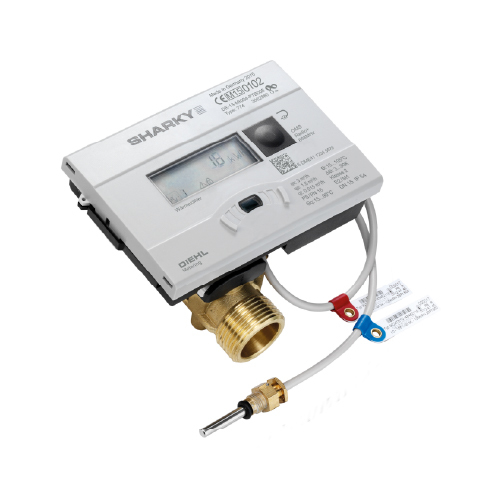A heat meter, or thermal energy meter, measures the amount of energy consumed in Wh. It is made up of a flow measurement device, at least two temperature sensors and a calculator.
The flow measurement device, normally called the flow tube, is often installed in the pipe and measures the flow rate of water through the meter, using a mechanical, ultrasonic or other measurement technology.
The two temperature sensors or thermocouples are installed in the flow line and return line, taking a measure of the temperature of each line.
The calculator or integrator then calculates the difference in temperature between the two lines, multiplied by the flow rates and a pre-programmed coefficient value over a period of time to provide an energy reading.
This calculator normally has a digital display which will then display this energy reading in kWh.
It is important that heat meters are installed to manufacturer requirements, checking the minimum straight length of pipe work required before the flow tube to avoid erroneous flow readings. Temperature probes should be installed to correctly measure all the flow and return lines, as well as being in a standardised location, such as both in a pocket or both in a direct sensor adaptor.



